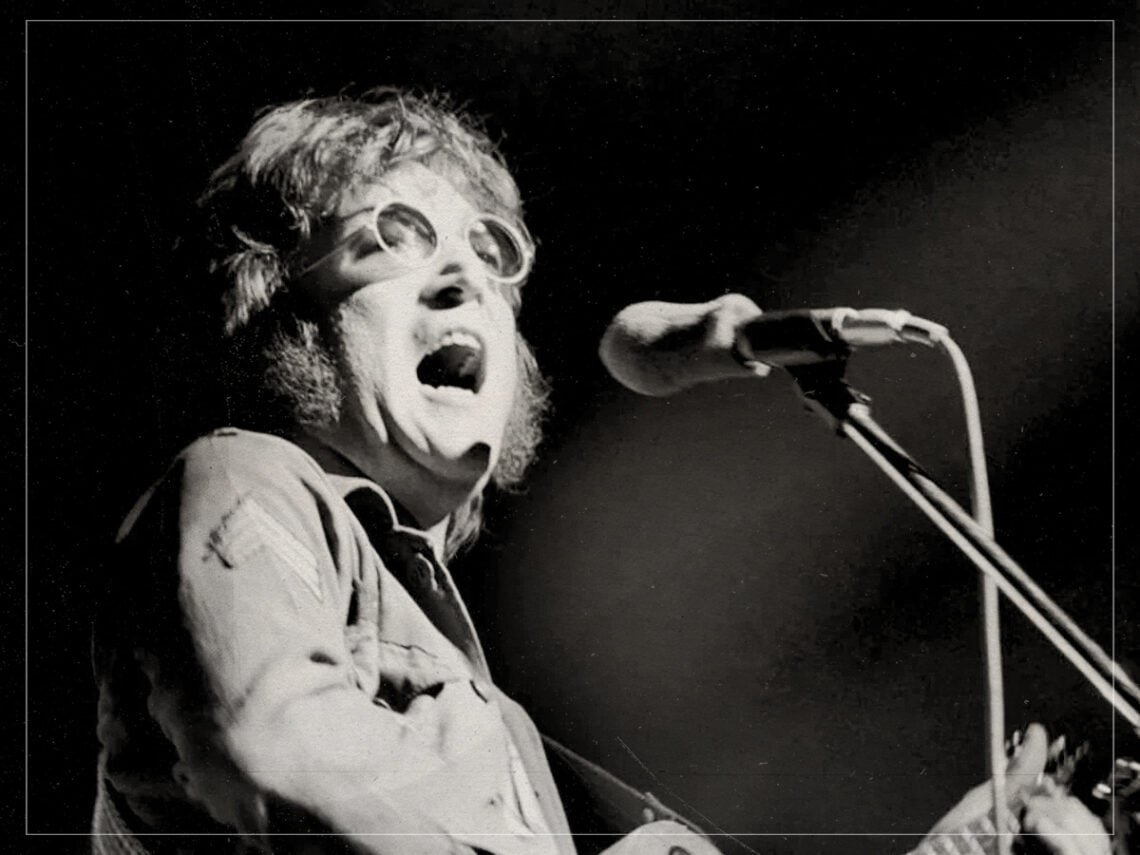Though he had spent much of his formative years as an adult bathed in the spotlight, the latter years of John Lennon‘s life saw him hide away from the stage. Even when he was ploughing away in the studio, the idea of touring around the world was never something that appealed. With that, the poignancy attached to the moment when he made a rare public appearance to perform a Beatles song for the final time in his career is etched into the annals of history.
It’s not just that he had given so much of his life to forming the band, but that the group had, in tandem, also taken the decision to avoid appearing in public too often as they neared the end of their time as a group.
In fact, The Beatles stopped playing live in 1966, and that appetite to get back into a regular touring schedule never grew back. Those years spent tirelessly on the road made Lennon want to be anywhere else apart from a tour bus, and as the years passed, he began to become afraid of playing to a live audience. There was a moment, during the band’s Get Back sessions, that the group had toyed with becoming a live outfit again, but the reality proved too much to bear. Touring, it would seem, was in Lennon’s past. He was a recording artist and wouldn’t budge.
The economics of the music industry were strikingly different during this period, and there wasn’t the same pressure to play live shows and rake in the cash brought in by ticket sales; artists could survive on record sales alone. Lennon simply didn’t need to tour, and the longer his absence from the stage continued, the more his urge to perform to fans weakened.
While his last concert would come in 1975, when he played—against his will—during an evening in honour of the mogul Sir Lew Grade, Lennon refrained from playing any Beatles songs during his set, holding back and refusing to entertain the crowd’s pleas for Fab Four tunes. Grade was known for his ruthless, cutthroat approach to business, and it was this unrestrained attitude that eventually led to him engaging in a long, bitter, five-year battle with Lennon and McCartney over ownership of their material.
It wasn’t the right circumstances for Lennon to perform anything by The Fab Four, akin to a performing monkey delivering a circus trick. Remarkably, Elton John was the unlikely person we have to thank for him performing a song from The Beatles’ repertoire on one final occasion before his untimely death.
The friendship between Elton and Lennon accelerated in 1974 when the former Beatle desperately needed somebody to rely upon during his infamous ‘lost weekend’. Even though his life was obliterated into millions of pieces after his destructive behaviour led to him leaving Yoko Ono for May Pang and diving headfirst into a hedonist’s utopia, the singer still needed to create new music.
When he required some help, Lennon decided to call upon Elton’s assistance to help him on his new track, ‘Whatever Gets You Thru The Night’, which would prove to be a masterstroke. The duo made a wager that if it landed at number one, the former Beatle would face his fears and join Elton at Madison Square Garden to perform it live.
To his surprise, ‘Whatever Gets You Thru The Night’ managed to provide Lennon with his debut number one single in the United States, and he later ate his words by staying true to his promise. Elton later called it “one of the best songs ever written”, and remains an immense source of pride for the singer.
Astonishingly, Lennon stayed true to his word despite the worries that plagued him. After all, he couldn’t let down his dear friend, and they gave the crowd at MSG a night to remember. Not only did the pair duet ‘Whatever Gets You Thru The Night’, but they also delivered a rousing version of The Beatles’ ‘I Saw Her Standing There’.
Tragically, this would be the final time that Lennon would ever perform a Beatles song to an audience. The track is the opening number on their debut album, Please Please Me, so it was fitting that it would be the last song by the group that he would sing. It might not be the first track you would point to when considering the latter years of Lennon’s life and how he saw The Beatles’ work, but it showcases
Like many early Beatles songs, it was written in the idyllic way we picture that he and Paul McCartney worked. Macca said, “I wrote it with John in the front parlour of my house in 20 Forthlin Road, Allerton. We sagged off school and wrote it on guitars and a little bit on the piano that I had there.”
He continued: “‘I Saw Her Standing There’ was my original, I’d started it and I had the first verse, which therefore gave me the tune, the tempo and the key. It gave you the subject matter, a lot of the information, and then you had to fill in… It was co-written, my idea, and we finished it that day.”
While it’s a tragic shame that he never got the chance to take to the stage with The Beatles again, thankfully, we have this moment to savour and can listen to Lennon enjoy every moment of his return.
